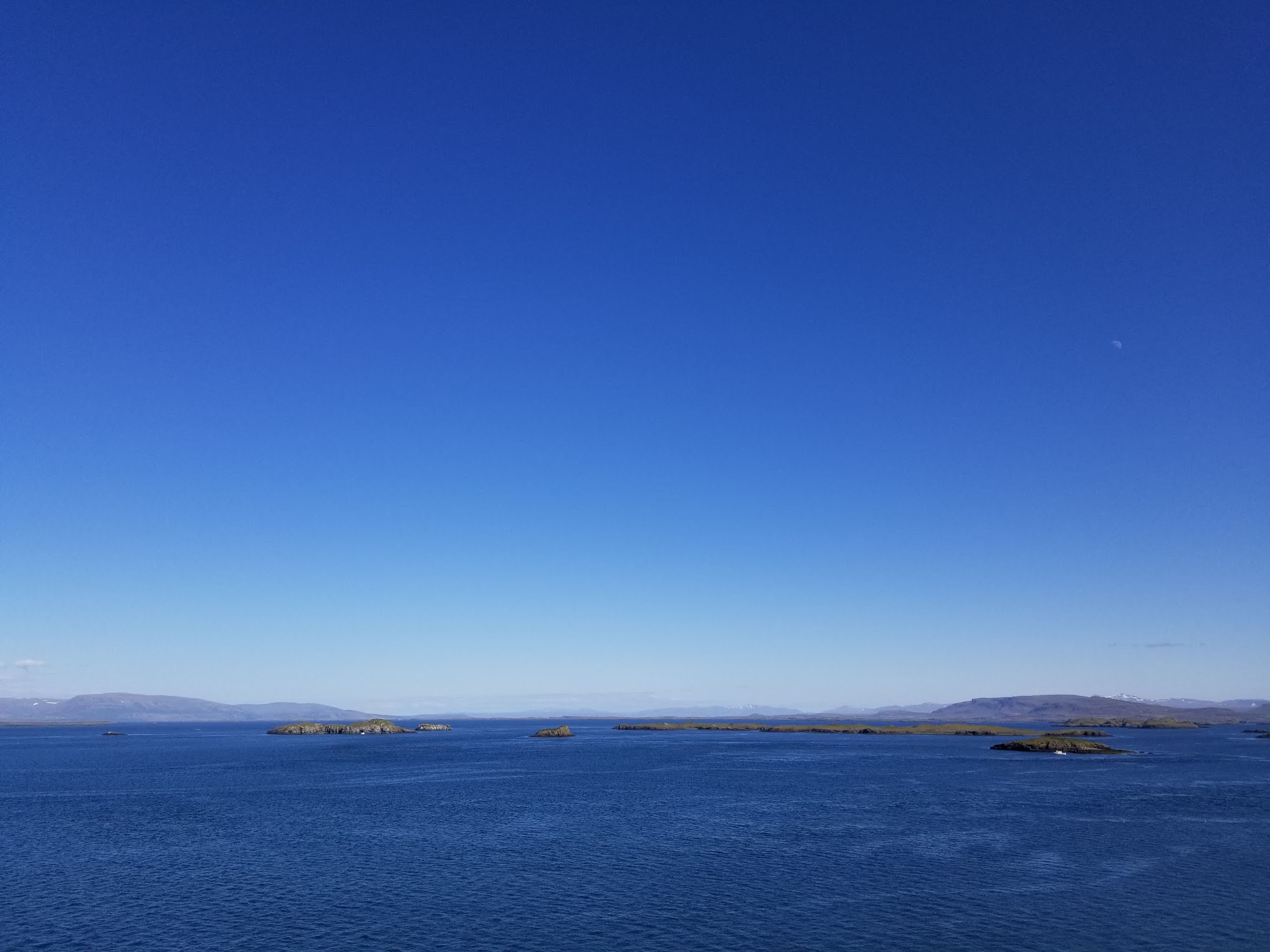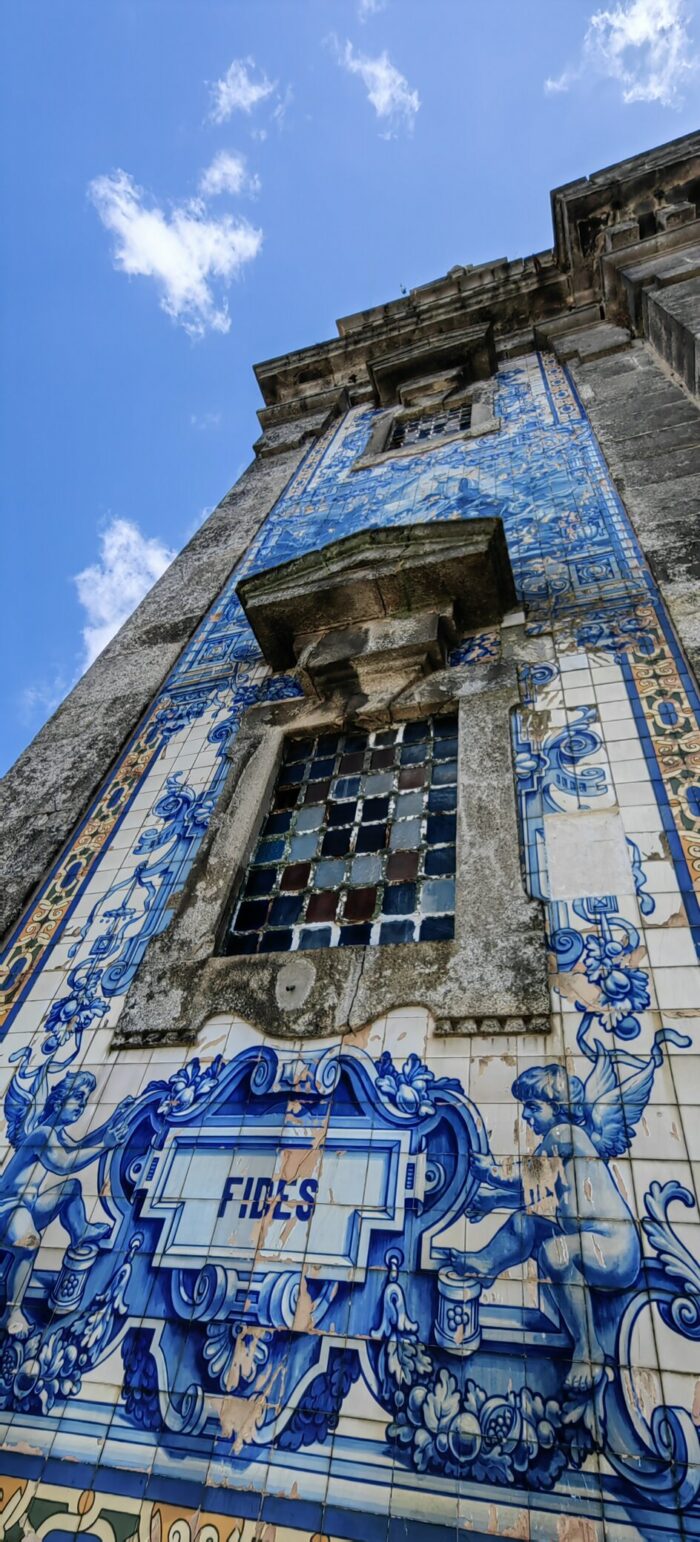As a Norwegian and Danish person, the biggest challenge of becoming a vegan was losing my heritage. I thought that if I cut out animal products, I wouldn’t be able to eat the way my family fed me, or the way my ancestors fed themselves.
Like most people, I was told my whole life that Norsemen ate a meat-heavy diet. I pictured huge men around fires eating spits of salmon during long winters. It wasn’t until I did a semester-long research project on the topic that I realized that Vikings were a lot more plant-based than I was led to believe. Not only that, but Scandinavian diets are extremely plant-forward in modern times.
Many of the Nordic countries are considered to be the best in the world for vegans. Most foreigners are baffled by this, because they assume all they eat is herring and skyr in the north. For the sake of culture preservation, appreciation for my culture, and accuracy, I’d say it’s time we dismantle this idea. Scandi-veganism is thriving, and it’s not entirely new. The Vikings were no stranger to plant-based foods.
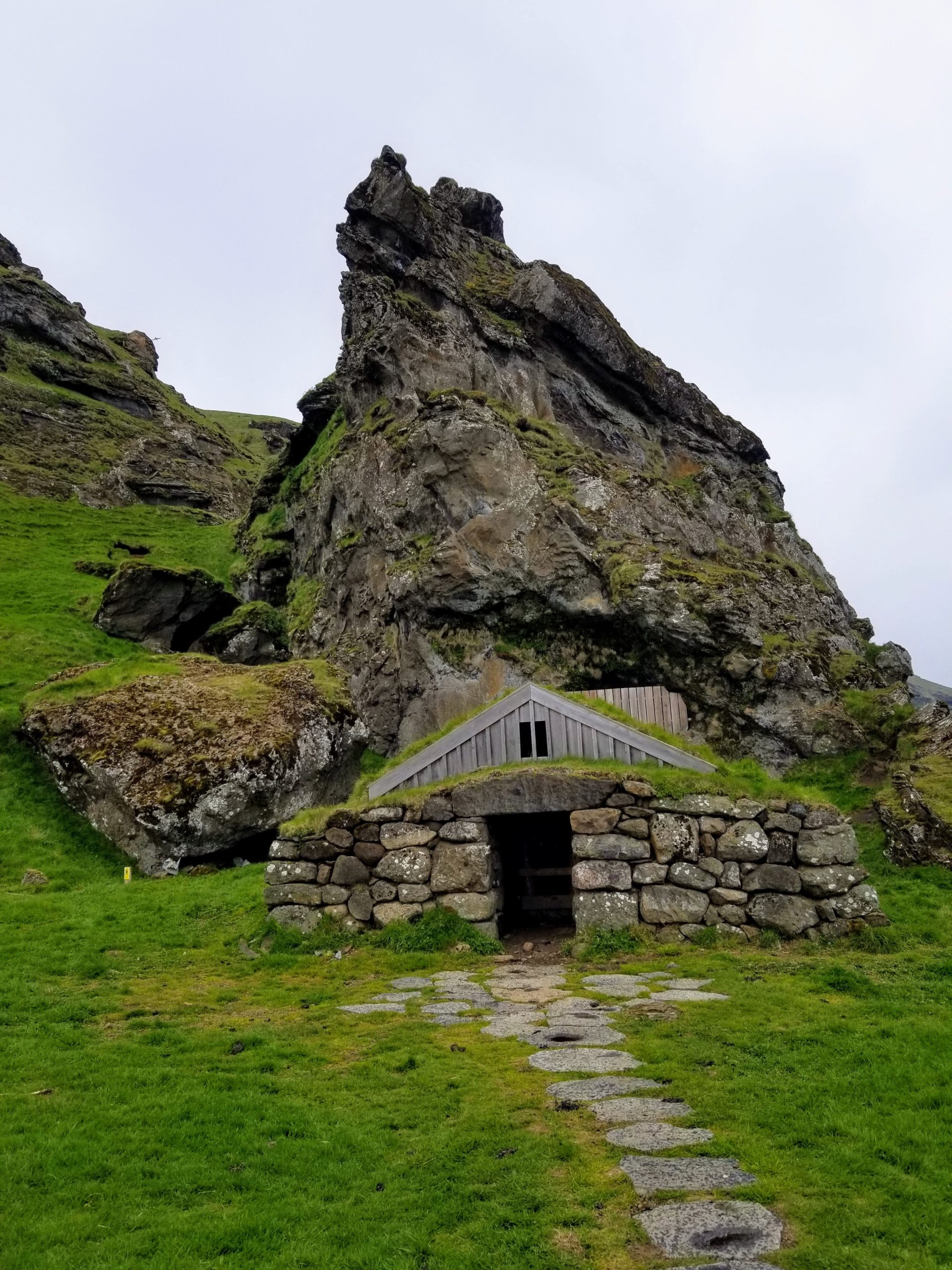
The Viking Diet
While Vikings (or Norsemen) were from all over Scandinavia, and therefore had varying diets, they were overall very similar. I’ll just focus on the Danish Norsemen’s diet though, since that was the focus of my research. They were also the original Vikings, so their diet can tell us a lot about where the other regions’ diets came from.
Did Vikings Eat a lot of Animal Products?
It turns out that they were most known not for meat, but for the opposite—kale! Vikings were so well known for their frequent kale consumption, that they were known by those in neighboring lands as the grønkålsbonde, or “the kale farmers.”
They did fish and keep pigs, but these weren’t everyday foods. When you kill a pig, they’re gone forever, so they weren’t eating pork daily. When it comes to fish, anyone who’s been to the northern reaches of the planet knows how rough the seas are up there. They fished, but not daily and probably not even weekly.
What Did the Vikings Eat?
Common dishes for them were instead leve (a kind of oat flatbread cooked over an open fire), Æbleskivers, rømmegrøt (porridge), rugbrød (a dense rye bread), and pickled vegetables. They farmed a lot of oats (and again—so much kale!) and foraged for foods like hazelnuts, nettles, apples, elderberries, wild celery, lingonberries, and radishes.
Was the Viking Diet Healthy?
While the stereotype is that Vikings were brawny, dirty carnivores, they actually ate a very balanced diet (and for the record, were very clean thanks to their cultural grooming practices). They did have meat (mainly on bread later in their history, or on holidays) and fermented dairy when they were at sea, but they ate seasonally. They ate berries, dense breads, oats, vegetables that grew around them, and of course, lots of kale.
This diet is rich in vitamins, carbs, and minerals. It’s ideal for those who need a lot of energy, and the Vikings surely did. So, yes— the Viking diet was very healthy indeed.
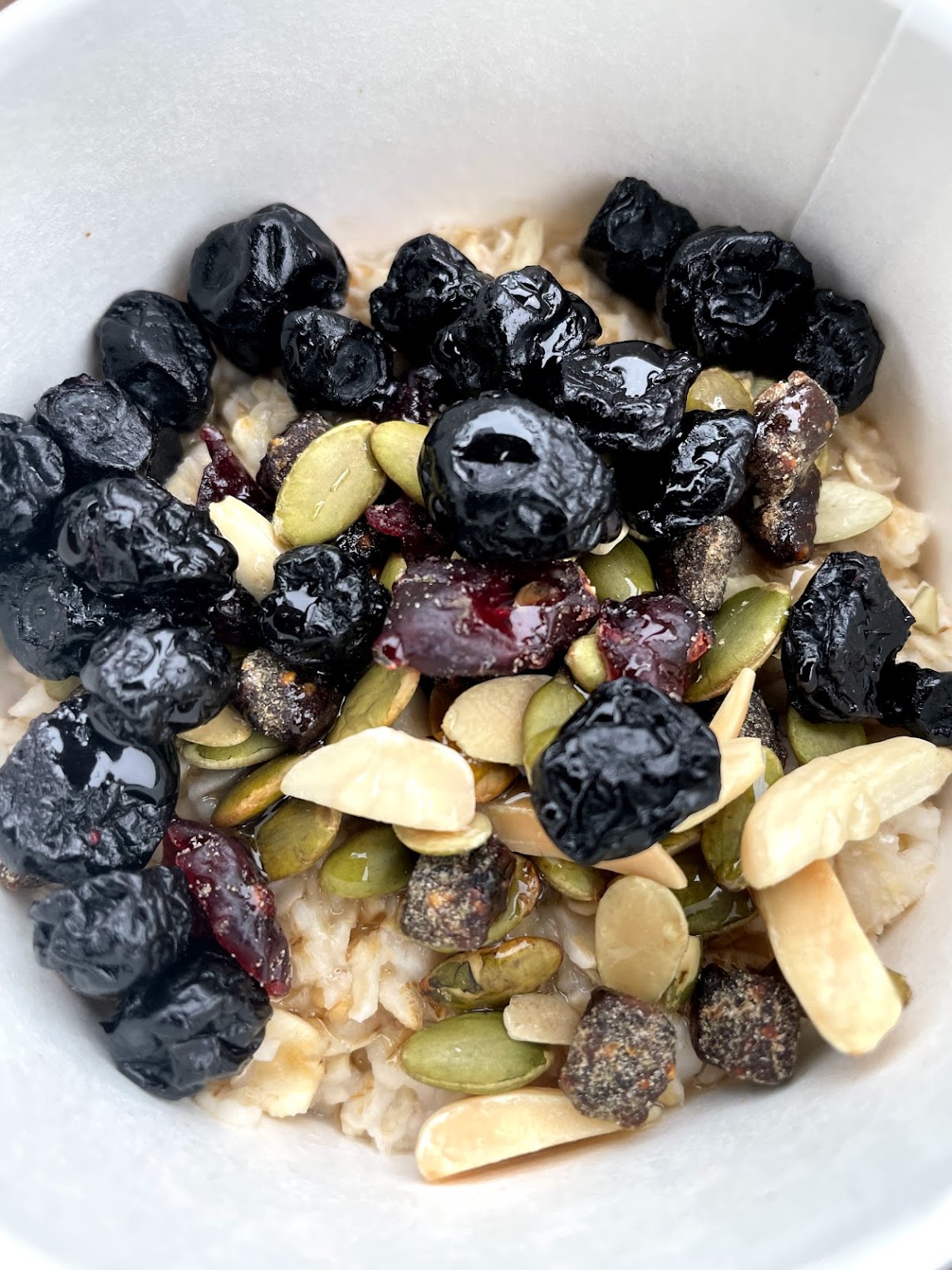
What Factors Shaped the Viking Diet?
It’s not random that the Norsemen of Denmark ate such a place-based diet. Between their lifestyle, location, and weather, there are a few things to consider.
It’s Cold up North.
Denmark is a cold country (and it was even colder in the day of the Vikings, due to the Deep Freeze they lived through). Not only that, it’s flat. There are forests, but there isn’t much of a buffer between the land and the cold sea winds. Because of this, the land is shaped by the ocean.
It’s rugged. The people who lived there had to be too, which is why the Vikings there were so scrappy. They ate what was available, and it was too cold for delicate foods or animals. Tomatoes, chickens, and raspberries were rarely if ever eaten. Their diet was instead filled with hearty fruits, root vegetables, and winter grains.
This is why much of their foods were pickled or fermented. Anything that wouldn’t survive the harsh winters was pickled to be preserved.
It rains a lot in Denmark.
While further north gets more snow, Denmark’s slightly milder climate (an effect of the proximity to the sea) brings on more rain. This meant that the fruits and vegetables they ate had to be sturdy enough to ward off root rot, and had to be able to hold a lot of water (for example, an olive tree would do terribly in this climate due to its need for dry climate).
The cold and dampness of the region also fueled a diet shaped by the fire. The people there relied on it to survive the weather and temperatures, so they ended up cooking a lot of their food around it. This is why most dishes were hot, like porridges.
The Vikings Were Transient.
Viking is actually a verb for when the Norsemen would go exploring and on raids. They would travel for a month or two, and then come back to farm (because they were actually primarily agriculturalists). Because of their transience, however, many of their cooking methods rely on portability. For example, pots were lightweight or able to break apart.
This was also another reason why they pickled so much. When they were at sea, they wanted to be able to have fresh food.
What Do Danish People Eat Today?
The Nordic countries share very similar dishes and traditions, but focusing on Denmark, it’s clear to see the Viking roots. From the cooking and preparation techniques, to the flavors, to the food itself, Viking culture is alive and well in the cuisine.
Do Danish People Eat a lot of Meat?
During the Middle Ages, influence from England caused an uptick in meat and potato consumption, and that continued well through the industrial age. People were poor, under invasion, and less transient. They ate what was cheap, and with labor hours increasing, they had less time to explore the land.
Their connection to the region lessened, and that’s clear in the way the diet became less colorful and green. Some dishes remain from that time, or at least their essences do. For lunch, many Danish people eat herring on rye bread, and their national dish is literally potatoes with apples, pork, and onions on top. That said, these dishes are most popular with the older generation.
Today, the culinary landscape is shifting. Denmark is consistently ranked as one of the top countries in the world for vegans to visit, and their cuisine is grounding itself again in its Viking roots. Deconstructed, foraged, and localized meals are now what it means to eat a Danish meal, and it’s transformed Nordic diets overall. It even has its own name—New Nordic Cuisine.
Are There Viking Dishes that They Still Eat?
Danish people still eat rugbrød every day. It’s the building block of smørrebrød—their famed open-face sandwich (a remnant from the Middle Ages when they used stale bread as plates, called trenchers).
While they’ve fully embraced potatoes since they were introduced, chefs are increasingly opting for more Danish root vegetables in their stead. Today, Danes still eat a lot of lingonberries and jellies made with local fruit, and pickled dishes such as agurksalat— pickled cucumber salad with lots of dill and pepper; a dish I grew up with, and still makes me feel at home.
Foraging culture is also alive and well in the country, so Danes are no doubt feasting on the same goodies that the Vikings loved.
And as for kale? That love is still very much there, much to the relief of our ancestors.
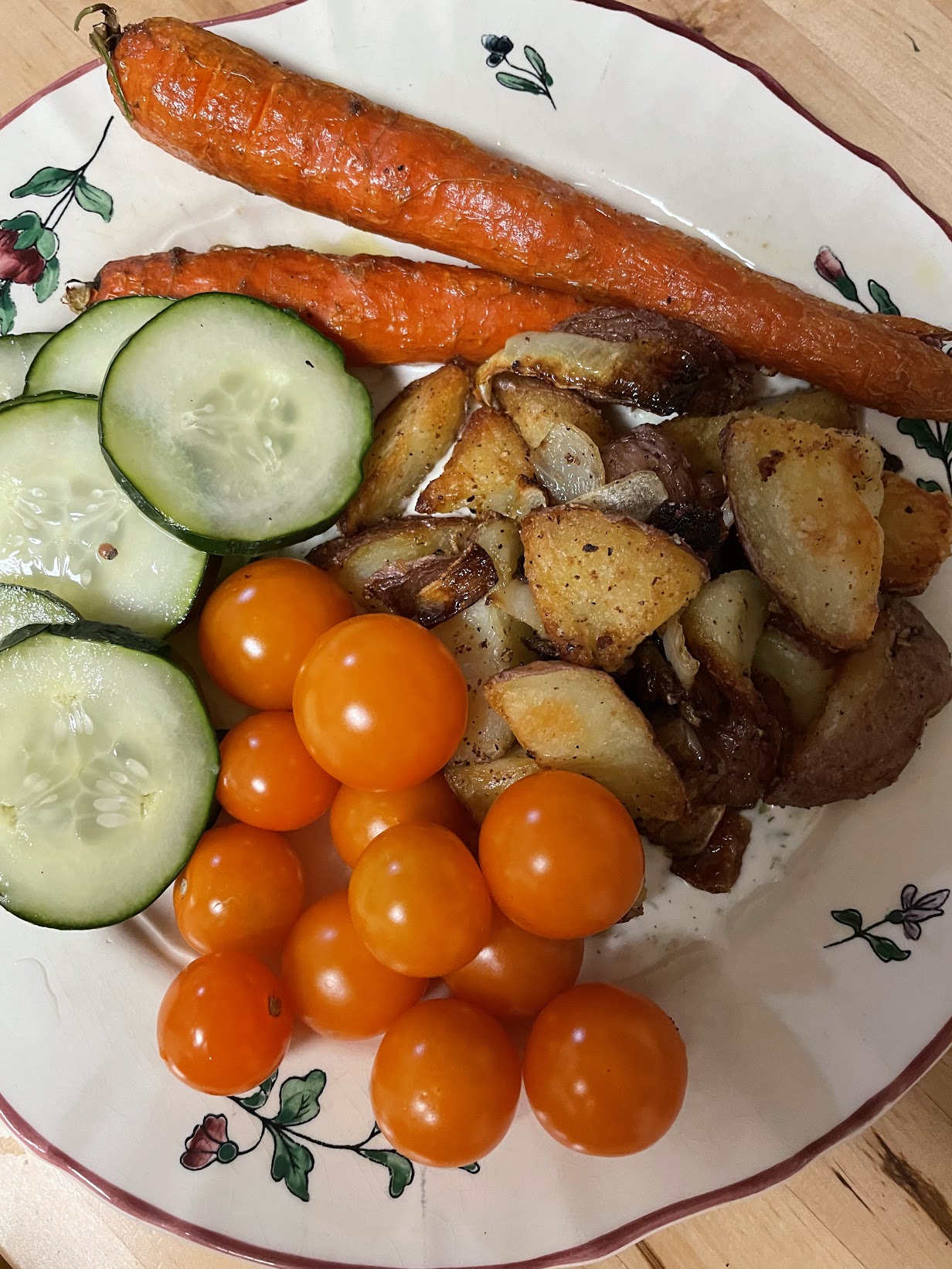
Did the Vikings Shape Modern Scandi-veganism?
Definitely. The Vikings set down a path of a land-based, localized, seasonal food system that perpetuates today. Everything Danish about the cuisine is either naturally vegan, or easy to veganize.
Vikings ate a plant-forward diet, and with the country returning to its roots, Scandi-veganism is rising. The practice is spreading throughout the Nordics, and it’s become a movement.
How do the Vikings effect modern Danes?
As a Dane myself, I felt so touched as I read through the documents showing that Vikings ate like me. After feeling like I was isolated from my culture as a vegan, I found out that I’m eating very similarly to my ancestors. I have lingonberry jam in my fridge (it’s my favorite). I eat agurksalat weekly, and pickle everything! I’m always eating rye bread, porridge, and nettles. Roasted carrots is something I have multiple times a month. I forage, and it just so happens that kale is my favorite green.
I had never felt more connected to my ancestors than when I did this intensive research. I kept finding bits of myself in the way they gathered, grew, and couldn’t stand still. That’s a beautiful thing, and it’s why I find Scandi-veganism to be unbeatable. It’s shaped by resilience and hope to see the sun after a long winter. It’s shaped by my people, and while it may seem new, the truth is it’s existed a long time. It’s as old as my bloodline.

Get more like this—Sign up for our daily inspirational newsletter for exclusive content!
__
Photo: Emily Iris Degn

